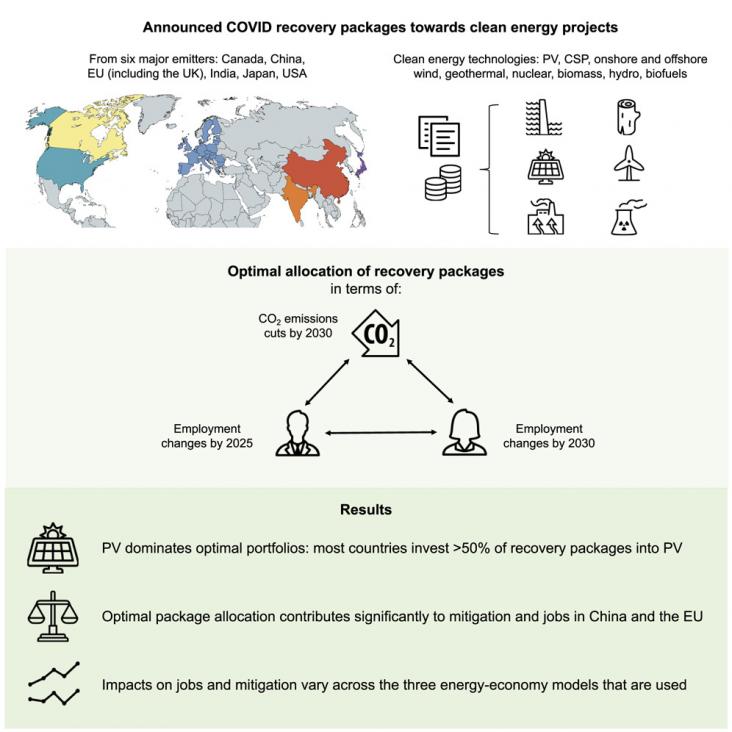Biomass is a sustainable and review source. However, its conversion to chemicals is always challenging. This article produces high-value bioadhesive materials as a byproduct of chemicals from biomass. Using advanced technology such as electrochemical oxidation, clean energy and fuels can be produced from biomass, addressing SDG 7&13.
This paper shows that although climate policies can sometimes slow the pace of economic growth, in the long term the benefits of avoided climate change impacts will overweight policy costs
This Article supports SDG 3 and 7 by providing robust evidence of an increased risk of cardiovascular or respiratory disease within 24 h after exposure to air pollution or temperature.
Valuable chemicals can be produced from agricultural apple fruit waste, which needs to be well managed and has the potential to improve sustainability. This article uses a low-cost catalyst to enhance the efficiency of chemical production from apple fruit waste. This work contributes to affordable energy production, economic growth and CO2 emissions reduction, which are related to SDG 7, 8 &13, respectively.
This Article supports SDG 3 and 7 by showing that air pollution exposure increases the risk of almost all phases of cardiometabolic multimorbidity progression.
This Article supports SDG 3 and 7 by estimating the prevalence of solid-fuel use with high spatial resolution to explore subnational inequalities, assess local progress, and assess the effects on health in LMICs without universal access to clean fuels.

This article supports SDGs 8, 7, and 13 by incorporating investment portfolio analysis into three different energy-economy models to examine the climate employment co-benefits of green recovery packages in six major emitting regions.
This Article supports SDG 3, 7, and 8 by showing an inverse association between air pollution attributed to disease burden and gross state domestic product for most states in India, thus highlighting the need to curtail air pollution attributed to disease burden in order to achieve sustainable economic growth.
This Viewpoint supports SDGs 7 and 10 by reviewing climate mitigation scenarios in the context of energy inequalities between the Global North and the Global South. The authors conclude that existing mitigation scenarios exacerbate inequalities and increase climate risk in the Global South.
Background: Epidemiological studies have reported the associations between nitrogen dioxide (NO2) and pediatric asthma incidence, but unable to ascertain indoor NO2 sources.
